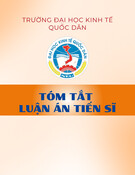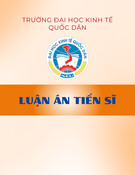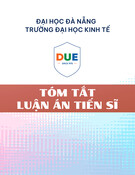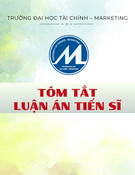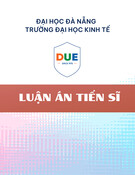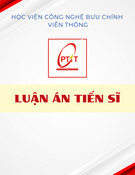
ii
Abstract
A logical control extension surrounding cashless means of exchange is a permanent personal
verification mark. An implanted micro chip such as ones that have been successfully
implanted into humans could identify and store information. Connected with global
positioning satellites and a computer system, a cashless monetary system could be formed in
the future. The system would provide complete and continual real time records for
individuals, businesses and regulators. It would be possible for all trading to occur in this way
in the future. A modified Technology Acceptance Model was developed based on Davis’
(1989) model and Fishbein and Ajzen’s (1975) theory to test the acceptance level of the new
monetary system by professional accountants in Australia. The model includes perceived ease
of use, perceived usefulness, perceived risk, and a subjective norm component. 523
accountants were surveyed in December 2003 with a response rate of 27%. 13% either
strongly agreed or agreed that they would accept the implantable chip. The analysis showed
that Perception of Risk, Subjective Norm and Perception of Usefulness were all significant in
explaining the dependent variable at the 95% confidence level for all responses. The
Perception of Ease of Use was not proved to be significant. In consideration of response bias,
it was found that with respect to the perception of usefulness at the 0.01 level, two elements
were not significant, those being “not having cards” and “having medical information”. The
difference here was not seen as fundamental for the credibility of the research given the main
theme of the research is a monetary system based on the “mark” rather than the convenience
factors of the two elements where there were differences. The perceived risk variable was not
significant for early responders. The responses were also used to analyse the Technology
Acceptance Model developed by Davis (1989). The model had a significance of 0.327










